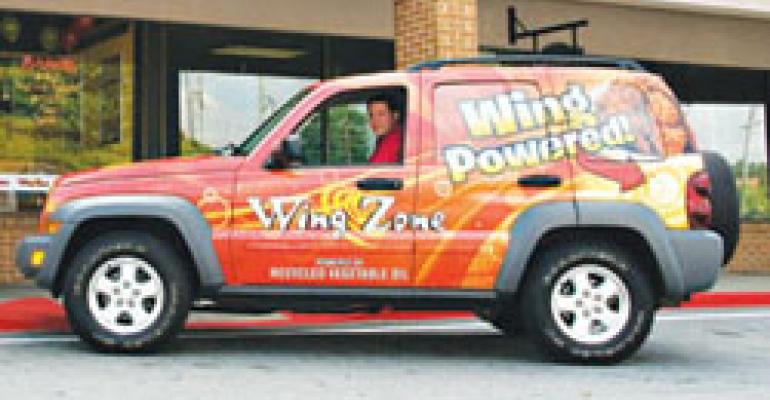Restaurant operators not only want to operate socially responsible businesses, but they want to save money while doing it. A growing number are cutting expenses by lowering gas, water and other costs at their stores through environmentally efficient practices. Following are some of the green ideas recently employed at various operations around the country:
Taco Bell is outfitting its units with a grill-to-order cooking station that is projected to save each store approximately $6,000 in energy costs and 200 million kilowatts of electricity, collectively, on an annual basis. The new equipment features improved temperature control, which keeps such items as grilled tortillas and flatbreads warmer, according to Taco Bell parent Yum! Brands Inc. “Systemwide, we’ll save more than $17 million a year for our company and franchise restaurants,” says Rick Winfree, Taco Bell’s senior director of engineering. The rollout is expected to continue throughout 2010. Jack in the Box ,the San Diego-based fast-food chain, began in March 2008 to install a satellite-controlled irrigation system at its corporate headquarters in order to help conserve water. The irrigation system downloads weather information and automatically adjusts sprinklers to prevent over-watering. Spokeswoman Roz Guthrie says the program was part of an effort to save money and the planet at the same time. The company, Guthrie added, also is studying ways to reduce water usage at its California restaurants. Denny’s and franchisee Joey Allen Terrell, who is based in Joliet, Ill., began building the casual-dining chain’s first Leadership in Energy and Environmental Design, or LEED, certified restaurant last October. The store will use Energy Star-compliant equipment, an energy-efficient roof and insulation in the walls to reduce heating and cooling costs, as well as natural lighting from south-facing windows and ceiling skylights. The restaurant also will feature LED lighting, low-flow toilets and faucets to reduce water consumption, and a computerized deep fryer that will control the heating of the oil and the amount of gas used for frying food. The dining room will be constructed of recycled materials, including flooring, and low VOC paints, sealants and glue. Terrell says the savings on the fryer alone will amount to $4,000 per year. In addition, the city of Joliet gave Terrell a 30-percent discount on permit fees for building the green store. Wing Zone, the quick-service chicken wing chain based in Atlanta, is converting its delivery cars and trucks to run on recycled cooking oil. Matt Friedman, co-founder of the 100-unit chain, says the average store spends $20,000 annually on gas and that the conversion is going to save approximately $8,000 a year per vehicle. Friedman, who notes that 50 percent to 60 percent of the chain’s business is delivery, says the cost of conversion per vehicle is $4,000. Stone Brewing World Bistro & Gardens restaurant in San Diego installed a $3.2 million solar electric system at its brewery and restaurant. Greg Koch, the restaurant company’s chief executive, says the 360-kilowatt system supplies the establishment with approximately 54 percent of its total electrical power and will pay for itself within the next 10 years. White Castle Restaurants ,the Columbus, Ohio-based quick-service chain, is converting its famous white paper sack to a 100-percent recyclable, brown paper and corrugated cartons at all 412 of its stores. The switch is the latest in a series of green practices implemented at the chain. In addition to using Energy Star-rated equipment in its kitchens, White Castle also recycles approximately 1,200 pounds of plastic a year and uses LED lighting at 55 of its stores, which reduces its carbon emissions by about 948 tons annually. White Castle says the LED lighting reduces electricity costs by about $2,550 per store.

